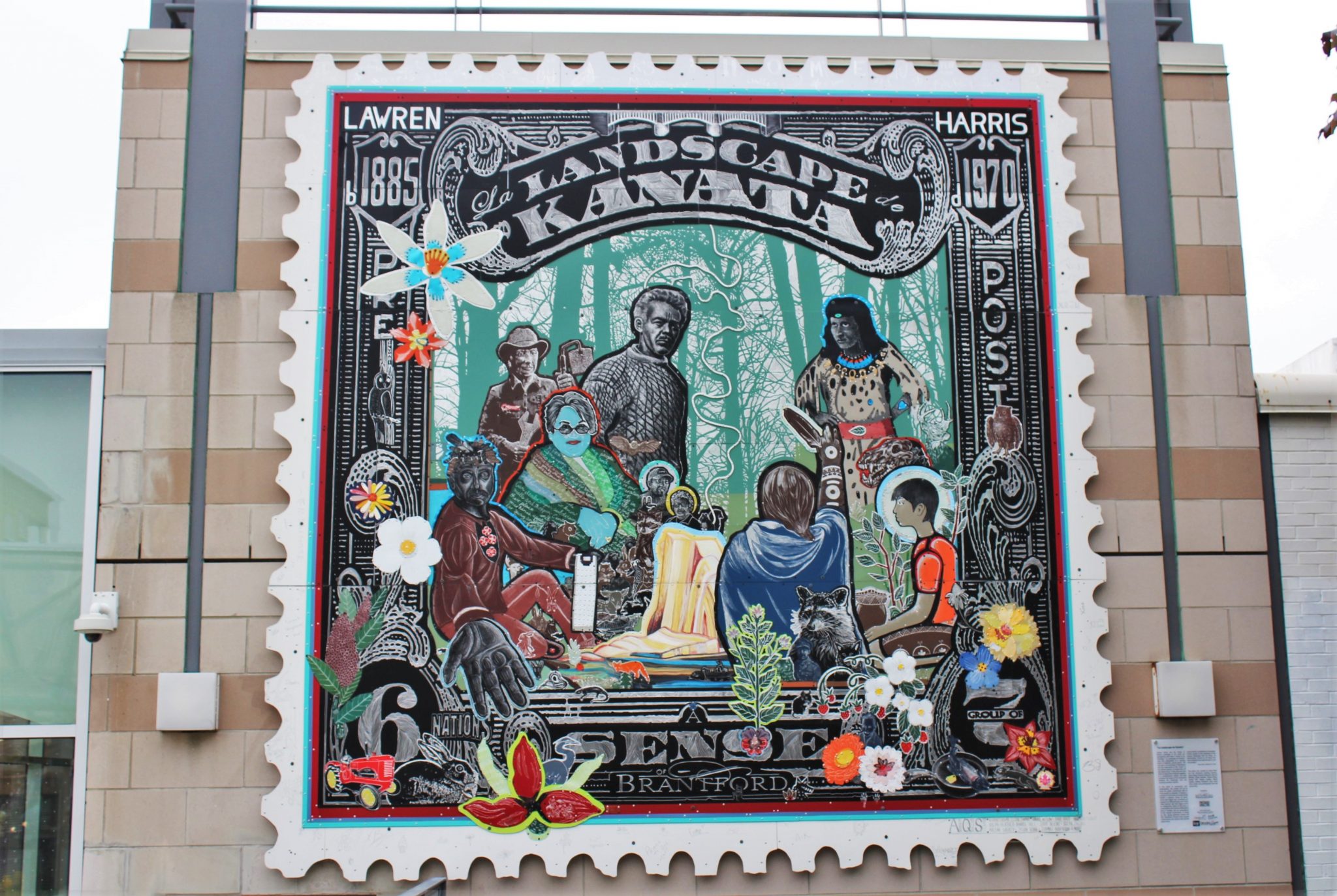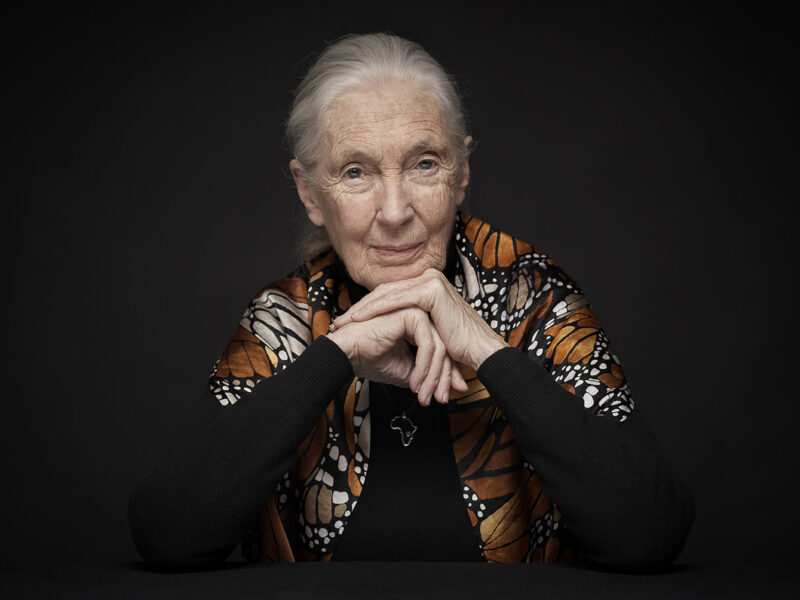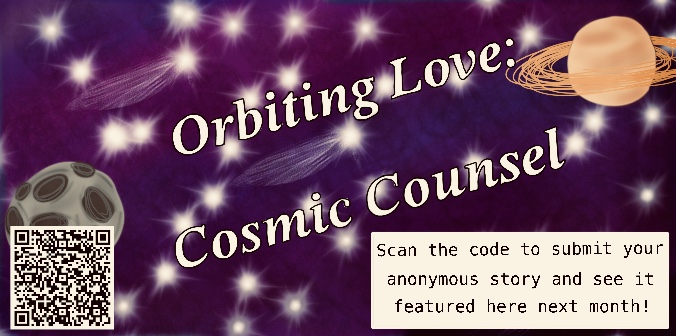PHOTO BY SARA SHEIKH / SPUTNIK PHOTOGRAPHY
Grand River Hall (a Laurier Brantford campus residence building) rests on Colborne street, nestled between the Brantford YMCA and The Branford Library. The views from the street- facing the East side of the building allow students to see art and architecture, especially in a world where online courses fill most of the semester.
While in-person learning has returned, online courses are still predominant in a university student’s course load. Access to nearby architecture and art within the city offers a glimpse into local artists such as Dave Hind and The Aluminium Quilting Society, or Homer Watson. This provides an enriching physical environment beyond our screens.
Access to public art also allows art to be experienced by a wide sample of the population, as it is directly in the public sphere and not confined to galleries or museums, which can be costly.
A local piece, “La Landscape de Kanata” is situated on the southwest facing side of The Brantford Public Library directly in view of Grand River Hall residents. The piece, created by Dave Hind and the Aluminum Quilting Society, Jason Dong, Thomas Anderson, Bonnie Whitlow, Ralph Heather, Shana Elijah, Daniel Hill, Arlene Laskey, Steph Jacobs, and Andrea Flockhart, depicts Lawren Harris and the Group of Seven’s relationship with each other, as well as drawing elements of their relationship with the land.
In the spirit of collaboration, harmony and community, this project set out to share the public commission with as wide an array of people as possible. Public art can be a key factor in establishing a unique and culturally active place.
Pieces akin to “La Landscape de Kanata” need to be shared with the world, communities, and the general public. Introduction of art into public spaces not only allows for access, but civic engagement, building social capital and encouraging civil discourse.
Public art displays also connect citizens to their neighbours and their shared history through documentation and celebration, and makes cultural heritage a tangible, genuine community asset. A town’s identity as an arts and culture destination could certainly enrich a public space.
Public art activates the imagination and emboldens people to fixate and perceive more deeply the environment they occupy. It reflects and reveals our society, integrates meaning to our cities and uniqueness to our communities.
Public art humanizes the built environment and invigorates public spaces. It provides an intersection through history, and between past, present and future. It creates a connection between different disciplines, and conceptions
Public art has become – and is – liberatingly accessible.




